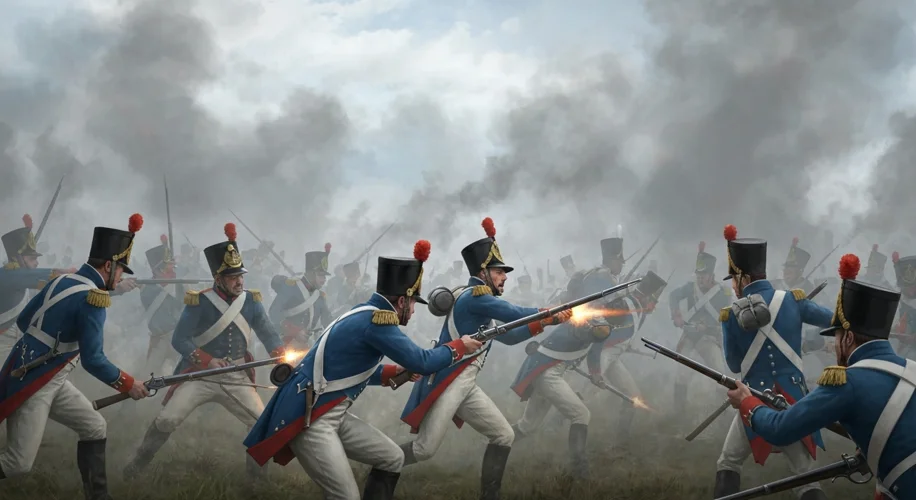The call to arms. For millennia, it has echoed across battlefields, summoning citizens to defend their lands, expand empires, or uphold ideologies. But the nature of that summons—whether a desperate plea for volunteers or an unyielding demand for service—has shaped the very fabric of nations and the experiences of their people. This is the story of military conscription, a practice as old as organized warfare itself, and its complex journey from mandatory service to the voluntary systems we know today.
The Ancient Compulsion: “For King and Country!”
In the ancient world, the concept of a standing, professional army was rare. When conflict arose, it was often the able-bodied men of the community, the farmers, the artisans, the tradesmen, who were expected to drop their tools and take up shields. This was not a choice; it was a civic duty, a fundamental responsibility of citizenship. In Sparta, famously, every male citizen was a soldier from birth, his life dedicated to martial prowess. In Rome, the legions were filled by citizens who served terms of enlistment, a form of compulsory service that fueled the Republic’s expansion.

This model of conscription wasn’t about individual liberty; it was about the survival and prosperity of the collective. Empires rose and fell on the backs of men compelled to serve, their lives irrevocably altered by the needs of the state. The threat of invasion, the lure of conquest, or the demands of maintaining order all necessitated a ready supply of manpower. And when volunteers were scarce, the state rarely hesitated to impose its will.
The Rise of the Nation-State and Mass Armies
The advent of the nation-state in Europe, particularly from the 17th century onwards, saw conscription evolve. The Napoleonic Wars, for example, were fueled by the French levée en masse—a sweeping national levy that mobilized vast numbers of citizens. This was a pivotal moment, demonstrating the power of a mobilized populace and cementing the idea that a nation’s defense was the responsibility of all its people, not just a professional warrior class.

Throughout the 19th and early 20th centuries, many European powers adopted and refined conscription systems. This provided a constant pool of trained reservists, essential for rapid mobilization in an era of escalating international tensions. The idea of

